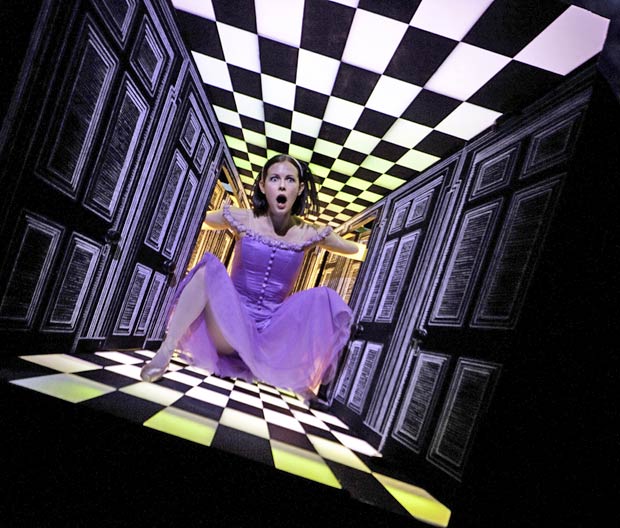
© Cylla von Tiedemann. (Click image for larger version)
The National Ballet of Canada
Alice’s Adventures in Wonderland
Washington, Kennedy Center Opera House
19 January 2013
national.ballet.ca
www.kennedy-center.org
The highly-anticipated and much-talked-about production of Alice’s Adventures in Wonderland has finally made its way to WashingtonD.C. for a ten-performance run at the Kennedy Center Opera House in January, courtesy of the National Ballet of Canada.
This choreographic adaptation of the beloved Lewis Carroll book is a joint venture of two major ballet companies: Britain’s Royal Ballet, which premiered Alice at the Royal Opera House in London’s Covent Garden two years ago, and National Ballet of Canada. The production carries a hefty $2 million price tag and is certainly the most ambitious creative and financial enterprise for both troupes in the past decade.
Adapting a literary masterpiece for ballet is not a particularly easy task. With its episodic nature, mind-bending logic and inspired wordplay, the Carroll book is a work of supreme originality, but a choreographer’s nightmare; however, British choreographer Christopher Wheeldon and his collaborative team – playwright Nicolas Wright, composer Joby Talbot and designer Bob Crowley – stood up to the challenge and created a thoroughly enjoyable spectacle, bringing onstage the phantasmagorical world of the Carroll classic with abundant theater savvy and visual panache. This Alice offers plenty of moments to savor and most certainly makes for a worthwhile family outing.
The most absorbing part of this three-act production – and its chief innovation – is its visual effects and designs. The video projections (by Jon Driscoll and Gemma Carrington) provide more than just a static backdrop – the intricately-conjured computer effects are part of the action onstage, interacting with the dancers and moving the plot forward. Crowley’s imaginative set decorations and elaborate costumes are visually stunning and effective from start to finish. In short, in this Alice the visuals often eclipse the dancing itself.
The ballet’s libretto frames the story with a prologue and an epilogue which serve as bookends, giving a sense of direction to Alice’s amusing and improbable adventures. An additional twist that binds the plot together is a romantic love interest between Alice, who is no longer a little girl but a young teenager, and the gardener’s boy, Jack.
Wheeldon unfolds the story at a frenetic pace, animating and bringing to life the absurd and outlandish inhabitants of Wonderland. The choreography is lighthearted and breezy throughout, and helps bring into focus the book’s paramount sense of wonder and sly humor. In this, his first major attempt at narrative dance, however, Wheeldon hardly takes any risk. For the most part the dancing looks overly simplistic and the originality of steps, especially for the title heroine, rarely extends beyond the basic classical idiom.
The ballet’s prologue opens on a fancy garden party in Victorian Oxford, where we meet Alice and her family as well as a bevy of eccentric party guests, all of whom will eventually populate Alice’s dream, transforming into different whimsical characters of the fantastical Wonderland. Alice’s domineering and short-tempered mother will morph into the vicious Queen of Hearts, her doting father into the selfless King of Hearts, family friend Lewis Carroll into the quick-footed White Rabbit; and, finally, the handsome Jack – Alice’s love interest – will reappear as The Knave of Hearts.
As Alice follows the White Rabbit, jumping into the Jell-o mold – a surprising and clever entrance to the rabbit hole – she spirals down, down, down in an impressive feat of hallucinogenic film effects. The elaborate video projections create an illusion of Alice’s magical size-changing transformations to fit through a series of shrinking and expanding doors. At one point, as Alice grows bigger and bigger she finds herself stuck in the black-and-white checkered box; and this scene gets even more curiouser when the gigantic arms and legs in pointe shoes descend onto the stage. When Alice sees through a tiny door the most beautiful garden imaginable, she immediately wants to visit it, but she is too big to fit through the door. At this point, the audience also gets a glimpse of the magical garden – as the music soars, ballerinas in bright flower-like dresses swirl down the aisles of the Opera House’s parterre in a dazzling waltz, amid a colorful shower of confetti.
This Alice bursts with clever theatrical ideas inspired by Carroll’s book, such as the Cheshire Cat, a fascinating disjoint formation with floating parts, manipulated by a group of black-clad dancers, and the Blue Caterpillar, a cross between Arabian Nights and the Rockettes. There is also a fabulously terrifying sausage-making scene in the kitchen of the Duchess and the Cook, and the bizarre tea party with the tap-dancing Mad Hatter, March Hare, and Dormouse is sheer fun. The production reaches its highest point in the third act, which features the wild croquet game, with flamingo mallets and hedgehogs as croquet balls, and the final court scene, culminating in a tumbling House of Cards – a dazzling extravaganza in red, white and black.
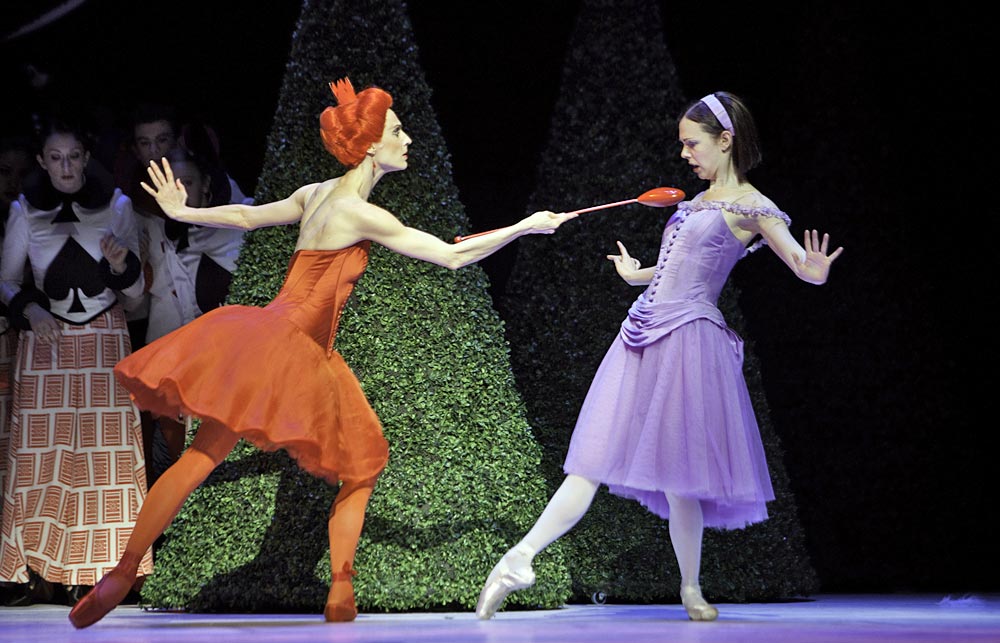
© Cylla von Tiedemann. (Click image for larger version)
On opening night Jillian Vanstone was engaging and carefree as Alice, illuminating the stage with her sparkling personality and delightful tomboyish charm. This role is a test of endurance – during the entire ballet Vanstone was rarely offstage, caught up in the ballet’s non-stop frenetic rush. Naoya Ebe was Jack/The Knave of Hearts. I found him less than convincing. There was no chemistry between his character and Vanstone’s Alice – I couldn’t feel the connection between the two, and what had promised to take the shape of romance never took flight.
The excellent Greta Hodgkinson was deliciously outrageous and evil as The Queen of Hearts, travelling onstage in her red heart-shaped dress-mobile and terrifying the inhabitants of Wonderland with “off-with-their-heads” frolics. The Red Queen has the ballet’s most memorable dancing number – an uproarious spoof of the “Rose Adagio” from The Sleeping Beauty. Hodgkinson’s comic timing was impeccable as she moved from one horrified suitor to the next in a hilarious sequence of unsupported balances.
Aleksandar Antonijevic delivered an outstanding performance in his dual role of Lewis Carroll and The White Rabbit; and Robert Stephen proved an expert tap-dancer in the role of The Mad Hatter.
Last but not least, Talbot’s original score, with its unmistakable cinematic aesthetic, is the ballet’s lucky charm and one of the highlights that makes this Alice so utterly enjoyable and entertaining.









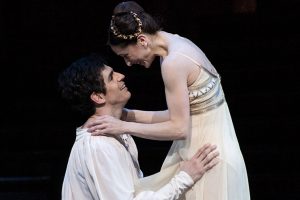
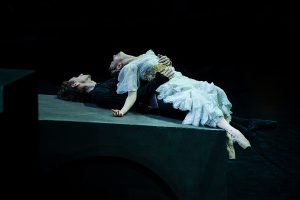



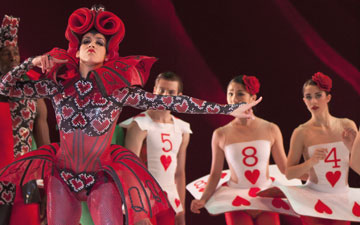
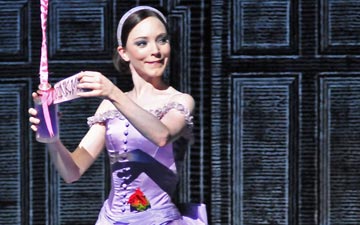
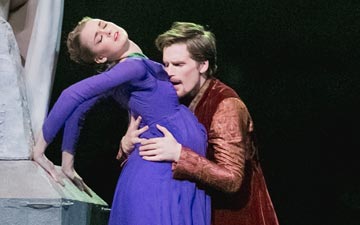
Another very well written OK-review. (So to speak.) Bravo.